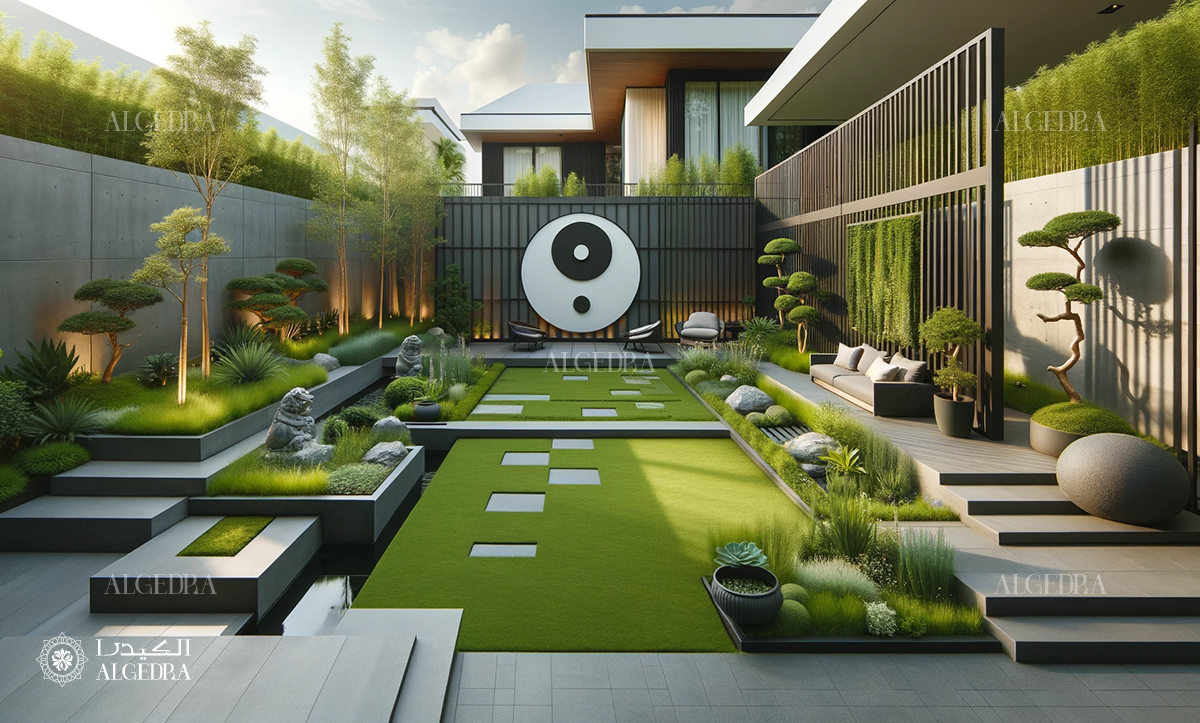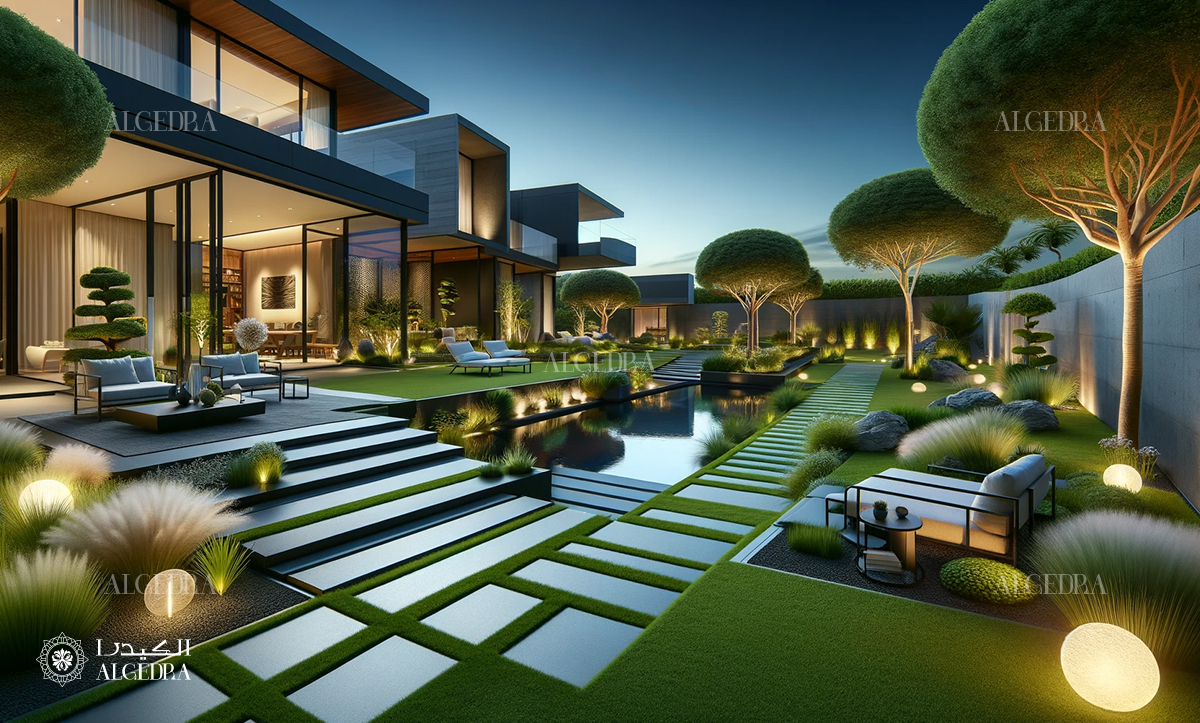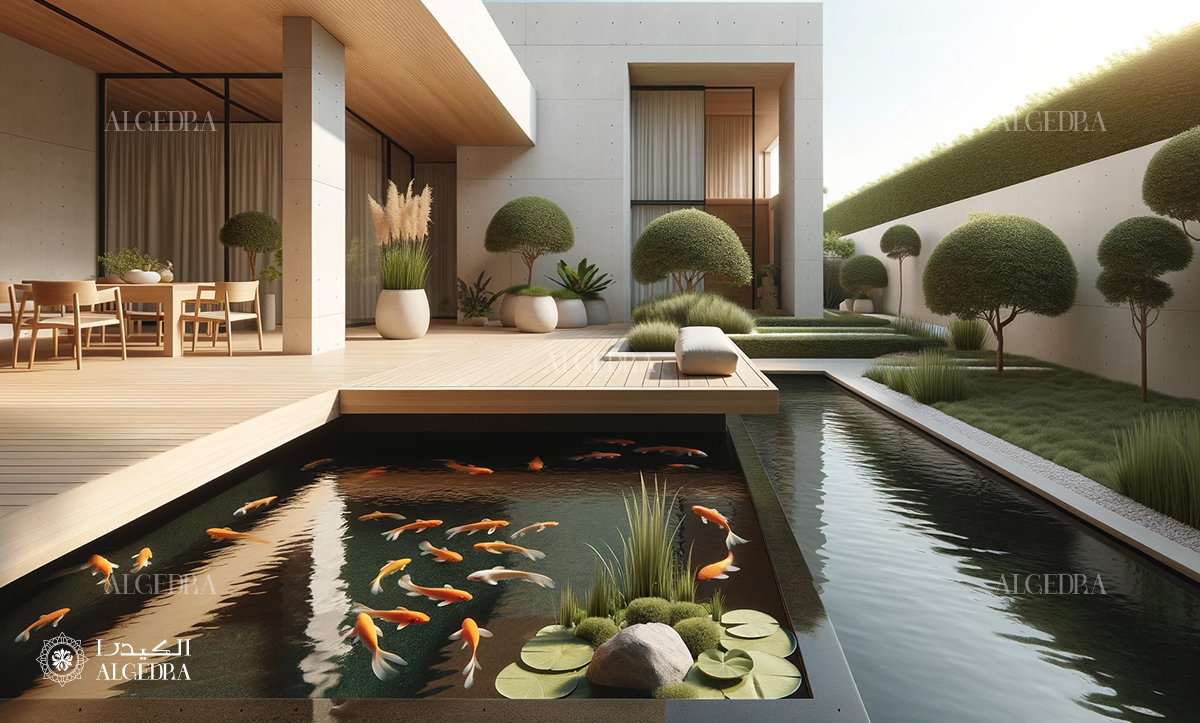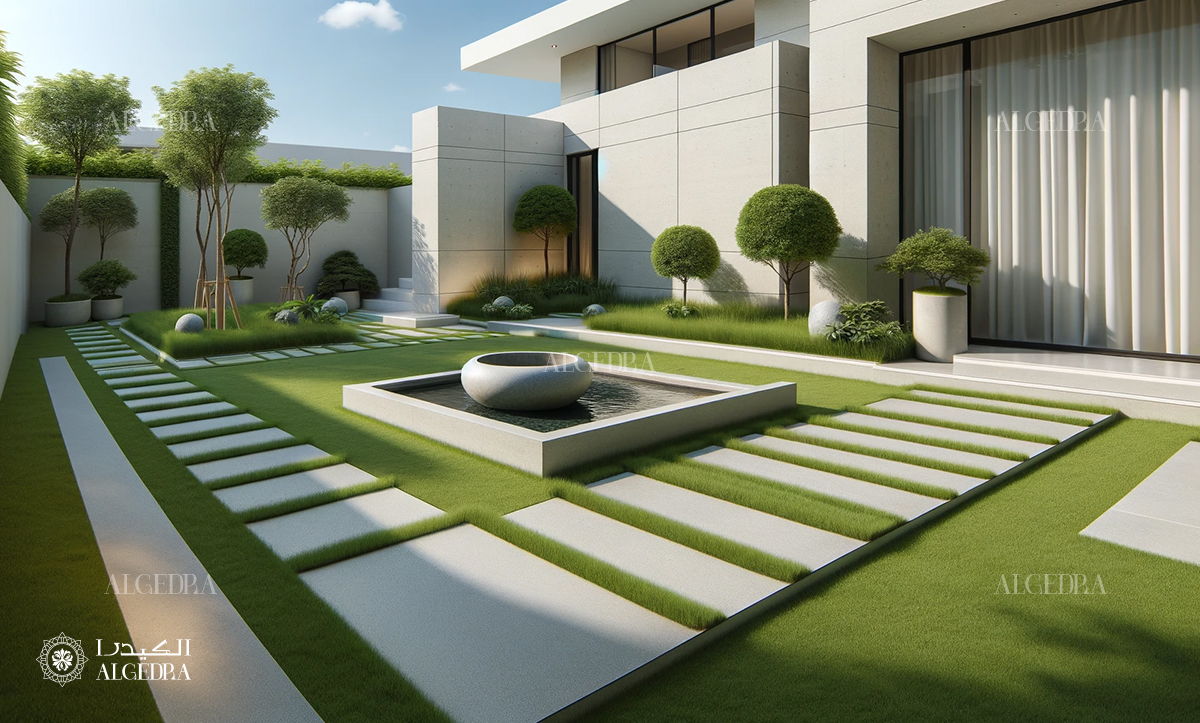The ancient Chinese practice of Feng Shui offers a unique and holistic approach for garden design. Translating to "wind" (Feng) and "water" (Shui), this philosophy is known in the Taoist vision of living in harmony with nature and the surrounding environment.
Applying Feng Shui concepts into landscape and garden design seeks to balance the energies and create a calm, nurturing environment in addition to improving the space's aesthetic appeal.
Let’s go deep into feng shui in garden design to learn more;
The Core Principles of Feng Shui in Gardens
Qi (Chi) - The Energy Flow: The vital energy that flows through all living things is known as Qi in Feng Shui. Designing a garden in a way that facilitates the free flow of Qi is essential. This flow can be impeded by cluttered or extremely congested environments, which releases negative energy. It is best to create pathways and plant arrangements with gentle curves rather than straight lines to promote an organic, unhindered flow of energy.

Yin and Yang - The Balance of Opposites: This principle emphasizes the importance of balance and harmony. In a garden, this could mean balancing sunlit, open areas (Yang) with shaded, secluded spots (Yin). The interplay of light and shadow, soft and hard surfaces, and various textures and colors all contribute to a harmonious environment.

The Five Elements: Wood, Fire, Earth, Metal, and Water are the five elements in Feng Shui, each representing different qualities and energies. A balanced garden incorporates aspects of all these elements. For instance, wooden garden furniture or trees represent the Wood element, while metal sculptures or garden ornaments can introduce the Metal element. Water features, rock gardens, and fiery colors in plants or décor can represent the Water, Earth, and Fire elements, respectively.

Practical Tips for Feng Shui in Garden Design
The Entrance: The garden entrance is seen as the mouth of Qi, where energy enters. An inviting, clearly defined path, possibly with gentle curves rather than a straight line, allows for a welcoming and smooth flow of energy into the garden.

Water Features: In Feng Shui, water is associated with wealth and prosperity. Incorporating a water feature like a fountain or a pond can promote positive energy. The water should be clean and flow gently, symbolizing a steady accumulation of wealth.

Plant Selection: Select plants that fit the microclimate of the garden in addition to being pleasing to the eye. Healthy, vibrant plants contribute to positive Qi. Incorporate a variety of colors, textures, and heights to create a balanced and harmonious environment.

Garden Decor: Wind chimes, garden lanterns, and statues can be used not just as decorative elements but also to enhance the garden’s Feng Shui. For instance, wind chimes can help in circulating Qi and creating soothing sounds that contribute to a garden's serene atmosphere.

Seating Areas: Positioning seating areas where you can enjoy the beauty of the garden and the flow of energy is important. These areas should be placed to offer a clear view of the garden, allowing for relaxation and contemplation.

Privacy and Protection: In Feng Shui, it’s important to feel protected and private in your garden. This can be achieved through strategically placed fences, hedges, or climbing plants, creating a sense of enclosure and safety.

Conclusion
The goal of using Feng Shui into garden design is to create an environment that feels balanced and harmonious in addition to being eye-catching. It's an art form that promotes harmony with the natural world and its flowing energy. The body and the mind can both find renewal and balance in a well-planned Feng Shui garden, which can turn into a haven of peace and tranquility.
These guidelines will help designers and gardeners create environments that are not only attractive but also spiritually nourishing.